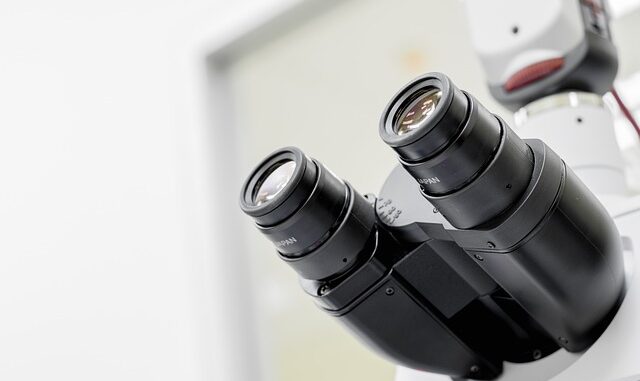
Summary
Researchers have developed a minuscule, crab-shaped robot, smaller than a millimeter, capable of intricate movements. This innovation paves the way for advancements in microsurgery, targeted drug delivery, and minimally invasive procedures. The robot’s ability to navigate tight spaces opens exciting possibilities for medical diagnosis and treatment.
TrueNAS reduces data recovery times by 40% this is the storage solution built for healthcare.
Main Story
Okay, so, medical tech is moving at lightning speed these days, right? And just when you think you’ve seen it all, something new pops up. This time, it’s a tiny walking robot, and I mean tiny. We’re talking about a little guy shaped like a peekytoe crab, measuring a measly half a millimeter across. Can you even imagine? It’s a real head-turner for both scientists and doctors. Its potential for microscale work inside the human body is just, well, mind-blowing.
These little robotic crabs were created by some seriously smart engineers at Northwestern University. They’re the smallest remote-controlled walking robots ever made. And because they’re so incredibly small, they can squeeze into the tiniest spaces. This opens up all sorts of possibilities in medicine. Think about it: one day we might have these little guys performing delicate surgery with unbelievable accuracy. Imagine they could clear blocked arteries, or even deliver drugs directly to the sick cells! That’s the kind of potential we’re looking at, which is pretty amazing.
The actual design is pretty clever. This thing has eight legs, and two of them end in tiny pincers that can grab and manipulate things on a microscale. It’s not just a walker, either; it can also crawl, turn, bend, twist, and even jump! All this agility makes it perfect for navigating the complex, unpredictable insides of the human body. I mean, if I could move like that, I would never have to exercise!
Now, admittedly, this is all still in the very early stages. It’s not like we’ll have robotic crabs in operating rooms next week. That said, the potential here is immense, especially in microsurgery. Because they’re so small and precise, surgeons could work on sensitive tissues with amazing accuracy. Imagine repairing damage in your eye, ear, or even your brain with minimal intrusion. That’s a huge deal when you think about recovery times.
But that’s not all. Targeted drug delivery is another area where these guys could shine. They could carry medicine directly to diseased cells, reducing nasty side effects and boosting the effectiveness of the drugs. For example, if you’re facing something like cancer, targeted drug delivery makes all the difference. It’s like having a guided missile versus a blunderbuss. Furthermore, these tiny robots could be fitted with sensors that gather data from within the body, helping us to diagnose things earlier and more accurately. That’s invaluable because early diagnosis is so important.
This development represents a massive step forward in medical tech, there’s no doubt about that. Sure, there are still challenges, and we still need to fine-tune a lot of things, but the benefits are undeniable. As research goes on and the technology improves, we’re going to see some truly groundbreaking applications of these robots. It’s a real milestone in our quest for less invasive surgeries, more targeted drug delivery, and precise measurements inside the body. Honestly, it’s fascinating stuff.
Medical tech is a constantly shifting field and this micro-robot is just one of many exciting innovations. We also have telemedicine allowing us to get remote healthcare, AI helping with diagnoses and personalized care, and gene editing like CRISPR that could one day cure genetic disorders! These, together with the micro-robot, all paint a really optimistic future for medical care. These advances have the potential to completely change the way we deal with diseases and make our lives healthier. So, as these technologies develop, who knows what amazing breakthroughs we’ll see next? I’m pretty excited, I have to say!


A tiny crab with a scalpel? Sounds like my last visit to the beach, only this time they’re actually helpful and not just stealing my sandwich! Can’t wait for them to tackle those hard-to-reach dust bunnies.